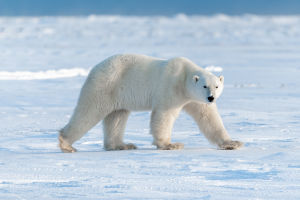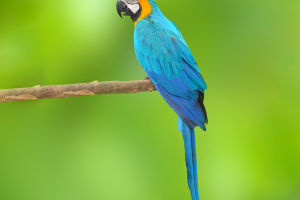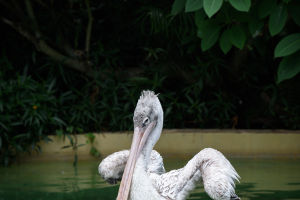Dear Lykkers! Pelicans are one of nature's most recognizable birds, known for their large, graceful wingspan and their distinctive throat pouches.
These seabirds are not only captivating to watch as they glide over water, but their fishing techniques are truly spectacular.
With an unmatched ability to scoop up fish in their flexible beaks, pelicans are master hunters of the sea. Whether perched by a lake or soaring high over the ocean, these birds have a commanding presence that fascinates birdwatchers and nature lovers alike.
Unique Features of Pelicans
Pelicans possess several distinct features that set them apart from other bird species. Most notably, their throat pouch (called a gular pouch) is an impressive adaptation used to catch fish. This expandable pouch can hold up to three gallons of water, allowing pelicans to scoop fish from the surface of the water and drain out the liquid before swallowing their prey.
Wingspan and Flight:
Pelicans have long, broad wings that enable them to soar for extended periods without much effort. Their wingspan can range from 6 to 11 feet, depending on the species. They’re known for flying in V-formations, similar to geese, to conserve energy during migration.
Diving Techniques:
Pelicans often hunt by plunge-diving, a technique where they fly several feet above the water before nosediving to catch fish. Some species, like the brown pelican, are particularly skilled at this, plunging headfirst into the water with precise accuracy.
Where Do Pelicans Live?
Pelicans are found in coastal and inland waters around the world. They thrive in warm, tropical climates, but some species adapt to freshwater lakes and rivers. You’ll commonly see them in regions like North America, Australia, Africa, and Europe. Their habitats are often near large bodies of water, where they have access to abundant fish populations.
Pelican Diet
Pelicans are carnivorous birds, primarily feeding on fish. They use their large beaks to scoop fish from the water's surface and work together in groups to corral fish into shallow waters. In addition to fish, pelicans may also consume small amphibians, crustaceans, and occasionally bird chicks.
Conservation and Threats
While pelicans are not currently endangered, some species have faced declining populations due to habitat loss, pollution, and the overfishing of their primary food sources. Conservation efforts have helped restore populations of certain species, such as the brown pelican, which was once on the brink of extinction due to the use of pesticides like DDT.
Pelicans are a symbol of resilience and adaptability, perfectly equipped to thrive in both freshwater and marine environments. From their remarkable fishing skills to their stunning wingspans, these birds inspire awe with every swoop and dive. While they face challenges in the wild, pelicans continue to be one of the most fascinating species in the bird world, gracefully balancing life in the sky and sea.
Australian Pelican: One Of The Largest Flying Birds In The World | 4K Animal Documentary
Video by Beauty of Nature


